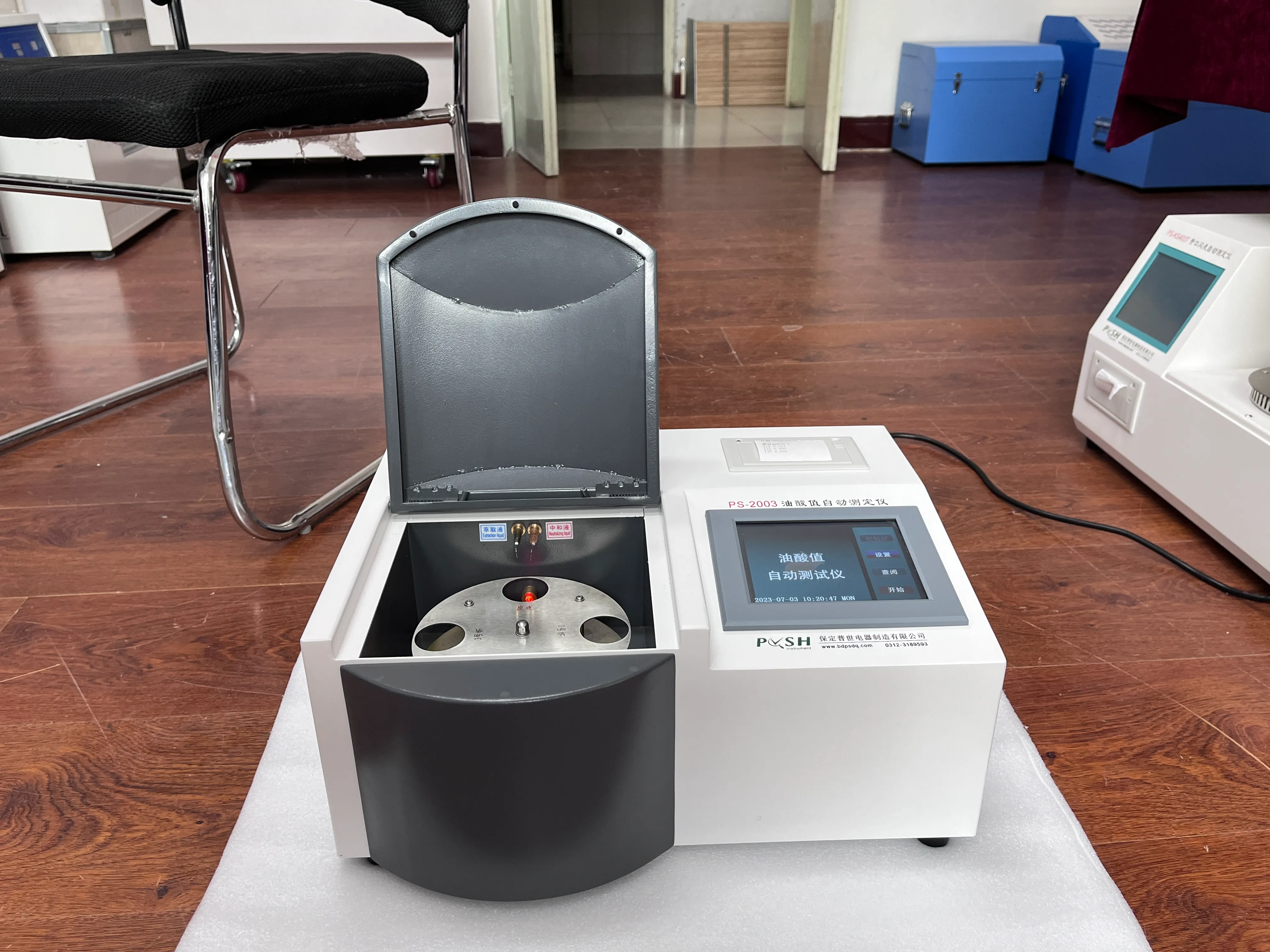 English
English


Assessment of Short Circuit Impedance and Associated Load Loss in Electrical Systems
Measurement of Short Circuit Impedance and Load Loss
The electrical power system is a complex interplay of components and equipment that requires precise measurement and monitoring to ensure efficiency and reliability. Among the key parameters in evaluating power transformers and other electrical devices are short circuit impedance and load loss. Understanding these parameters is crucial for optimizing the performance, safety, and longevity of electrical systems.
Short Circuit Impedance
Short circuit impedance (Zsc) is a critical parameter that represents the impedance offered by a transformer or electrical device during a short circuit condition. It is usually measured in ohms and is expressed as a percentage of the nominal (rated) voltage. The significance of short circuit impedance lies in its ability to provide information about the fault current that would flow through the system in the event of a fault.
When a short circuit occurs, it is vital to limit the flow of fault current to prevent equipment damage and ensure the safety of personnel. A transformer with a higher short circuit impedance will limit the fault current more effectively than one with a lower impedance. Therefore, the measurement of short circuit impedance helps engineers design systems that can safely handle faults.
Measurement Techniques
The measurement of short circuit impedance involves applying a known voltage to the transformer’s terminals and measuring the resulting current flow. This can typically be conducted using specialized equipment such as impedance analyzers or power analyzers. The measurements taken during a short circuit test must be performed under controlled conditions to ensure accuracy and repeatability.
A common method is the short circuit test where the secondary winding of the transformer is shorted, and the primary side is energized. While doing this test, it is crucial to observe safety protocols to minimize risks associated with high currents and voltages.
Load Loss
measurement of short circuit impedance and load loss

Load loss, also referred to as copper loss, is another vital parameter in assessing the performance of transformers. This loss occurs due to the resistance in the windings when the transformer is under load. Load loss is proportional to the square of the load current and increases with higher loading conditions. It is primarily related to the I²R losses in the conductors of the transformer.
Measurement of Load Loss
To measure load loss, it is essential to perform a no-load test first. This test is conducted with the transformer energized while the secondary side is kept open. After obtaining no-load losses, the next step is to conduct a load test that applies a known load and records the power loss in the windings while monitoring the current and voltage.
The measurement of load loss is typically represented in watts and is crucial for determining the efficiency of the transformer. Higher load losses indicate a lower overall efficiency, leading to increased operational costs and reduced performance over time.
Importance of Accurate Measurements
Accurate measurement of short circuit impedance and load loss is essential for multiple reasons. Firstly, it aids in ensuring compliance with industry standards and regulations designed to guarantee equipment safety. Secondly, these measurements provide critical data that inform maintenance schedules, operational strategies, and system design improvements.
Furthermore, understanding these parameters allows engineers to optimize the operational performance of transformers, ultimately contributing to the reliability and efficiency of the entire electrical grid. In an era where energy efficiency and sustainability are paramount, such measurements play a pivotal role in minimizing waste and reducing operational costs.
Conclusion
In summary, the measurement of short circuit impedance and load loss is fundamental in the management of electrical systems, especially concerning transformers. Through precise measurement techniques and adherence to safety standards, engineers can accurately assess these parameters to ensure safe operations and optimal performance. By understanding and applying this knowledge, the electrical industry can enhance system reliability, reduce costs, and contribute to the sustainable management of energy resources.
-
Differences between open cup flash point tester and closed cup flash point testerNewsOct.31,2024
-
The Reliable Load Tap ChangerNewsOct.23,2024
-
The Essential Guide to Hipot TestersNewsOct.23,2024
-
The Digital Insulation TesterNewsOct.23,2024
-
The Best Earth Loop Impedance Tester for SaleNewsOct.23,2024
-
Tan Delta Tester--The Essential Tool for Electrical Insulation TestingNewsOct.23,2024





